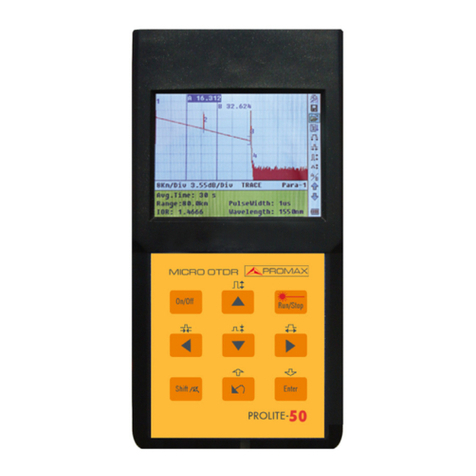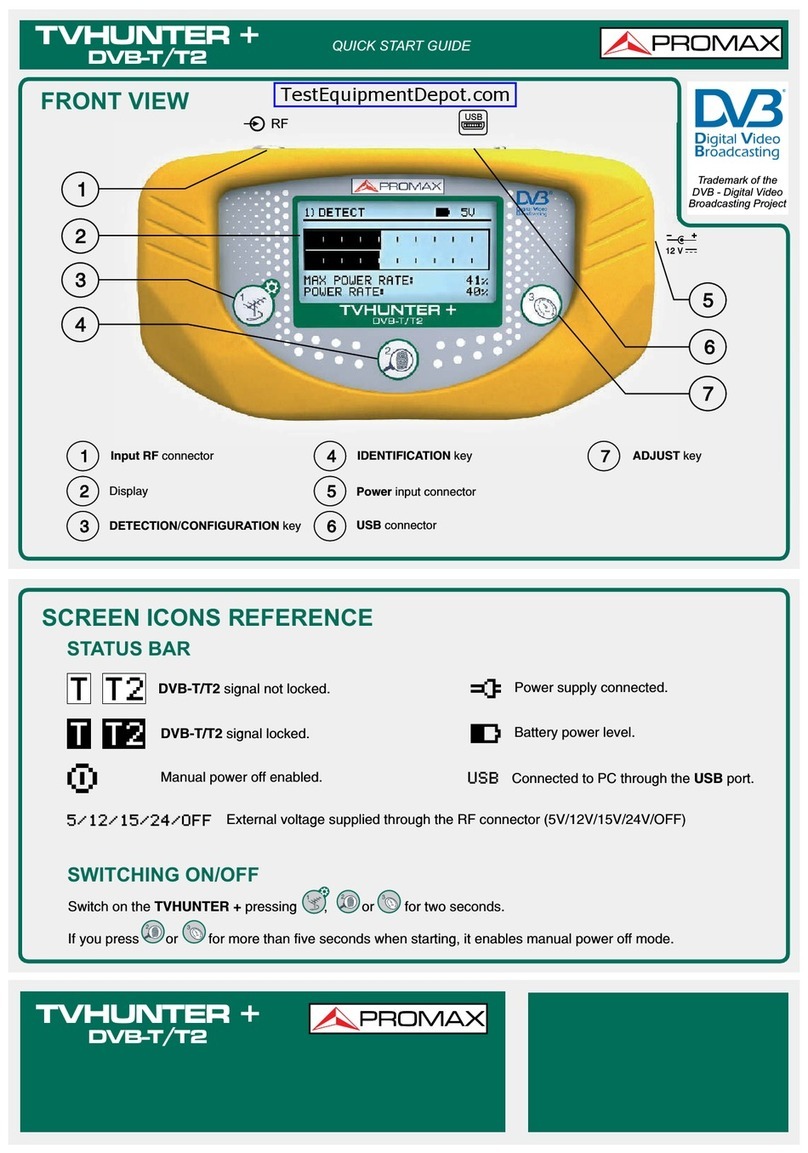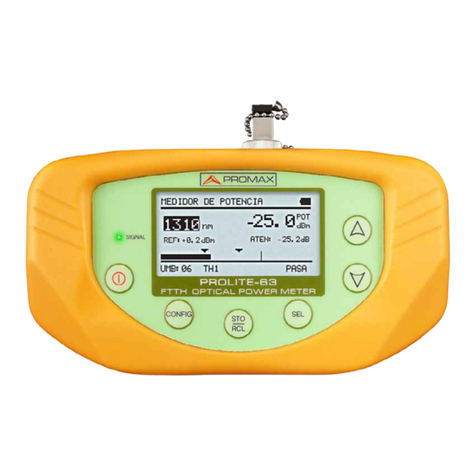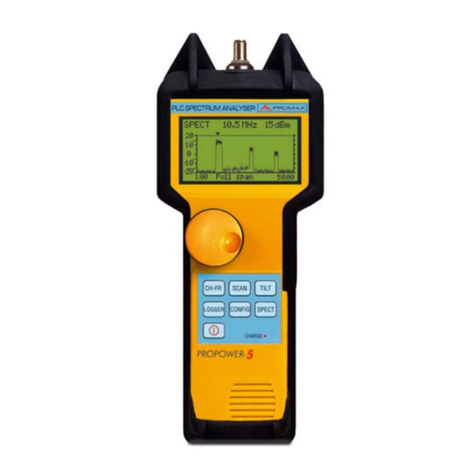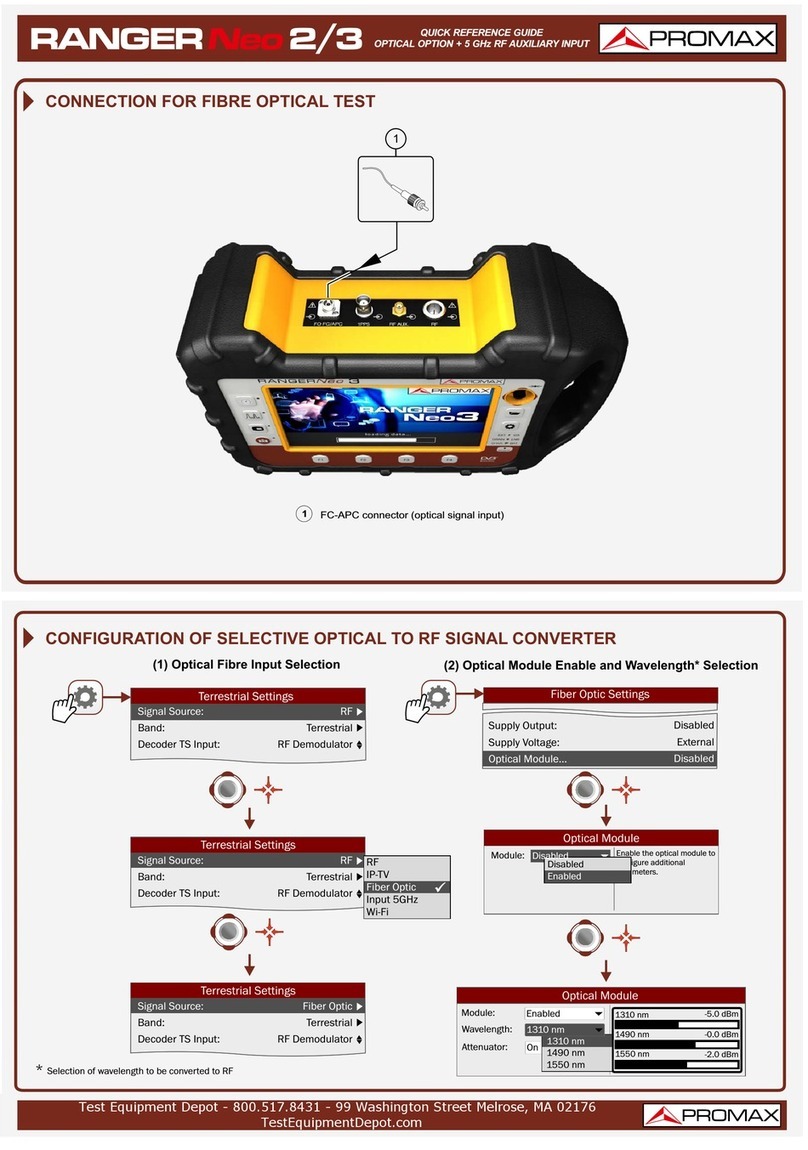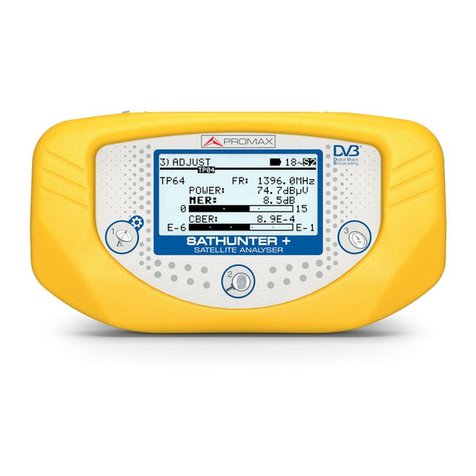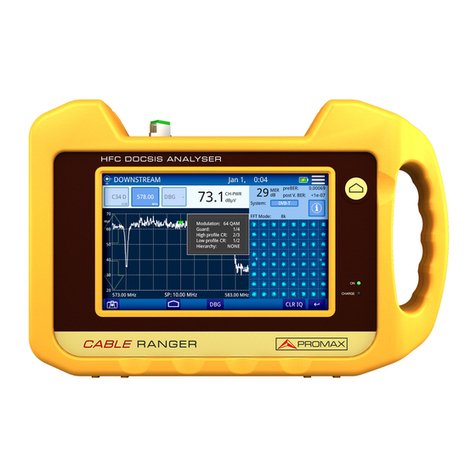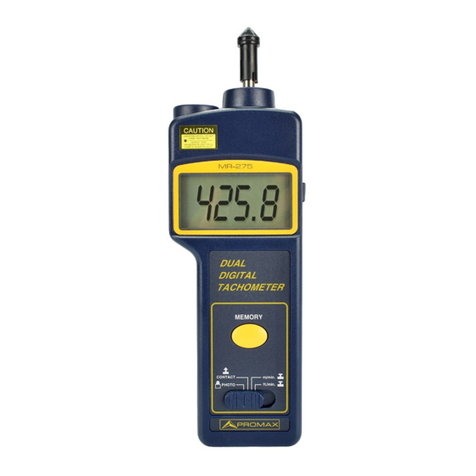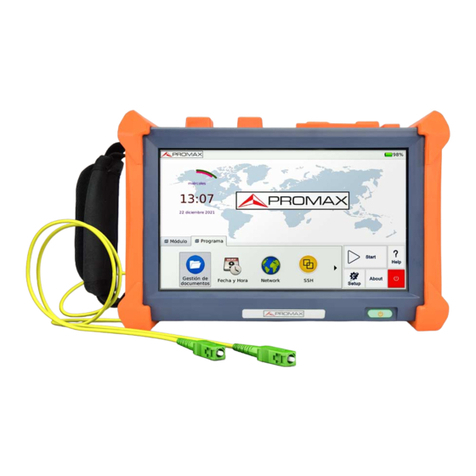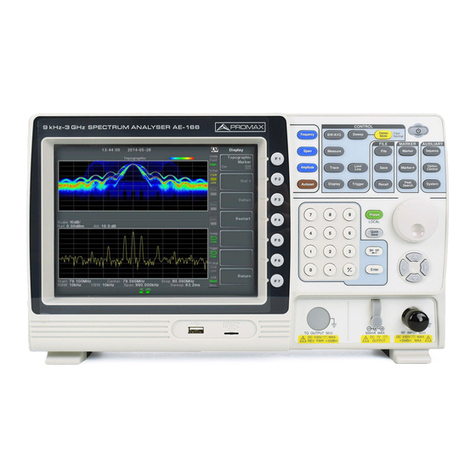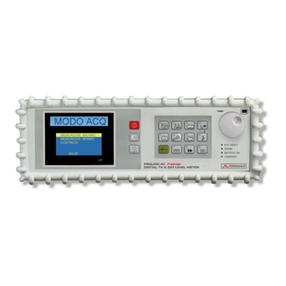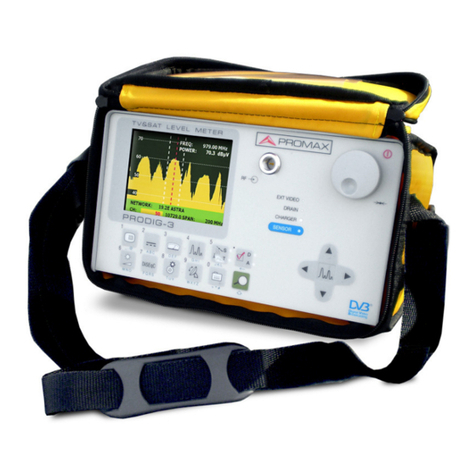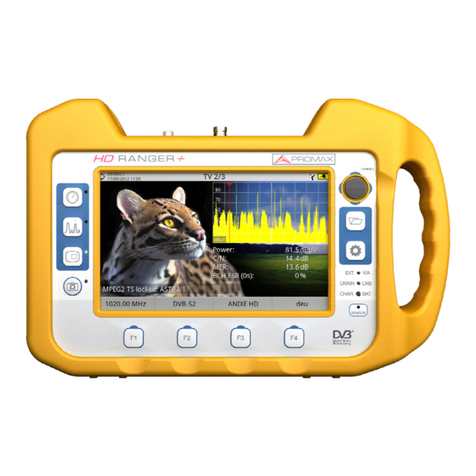
INSTRUCTION MANUAL. PROLITE-20/21
English
TABLE OF CONTENTS
1 GENERAL....................................................................................................................1
1.1 Description..............................................................................................................1
1.2 Specifications..........................................................................................................1
2 SAFETY RULES..........................................................................................................5
2.1 General...................................................................................................................5
3 INSTALLATION............................................................................................................7
3.1 Power supply..........................................................................................................7
3.1.1 Operation using the external DC adapter ........................................................7
3.1.2 Operation using the battery..............................................................................7
3.1.3 Battery charging...............................................................................................8
3.2 Battery installation ..................................................................................................8
3.3 Installation and start up...........................................................................................9
4 OPERATING INSTRUCTIONS .................................................................................11
4.1 Description of the controls and components ........................................................11
4.2 Instrument configuration.......................................................................................12
4.2.1 Meter mode....................................................................................................14
4.2.2 Acquiring the reference power. (Set Ref.Level).............................................14
4.2.3 Selecting the wavelength state (Set WaveLength)........................................14
4.2.4 Selecting reading display ...............................................................................15
4.2.5 Speaker configuration (Speaker) ...................................................................15
4.2.6 Display backlight (BackLight).........................................................................16
4.3 Taking readings ....................................................................................................16
4.3.1 Measuring Absolute Power............................................................................16
4.3.2 Measuring Relative Power.............................................................................17
5 MAINTENANCE.........................................................................................................19
5.1 Cleaning Recomendations....................................................................................19
5.2 Battery replacement..............................................................................................19
